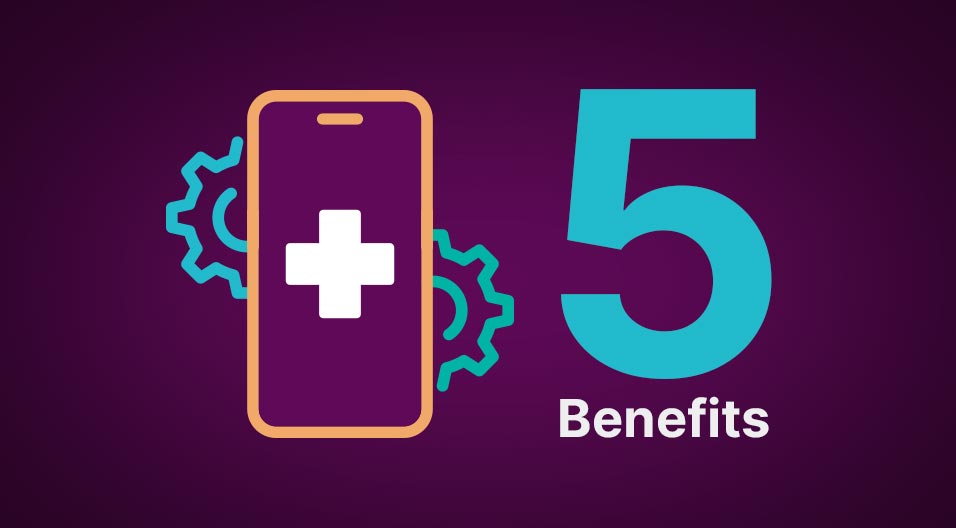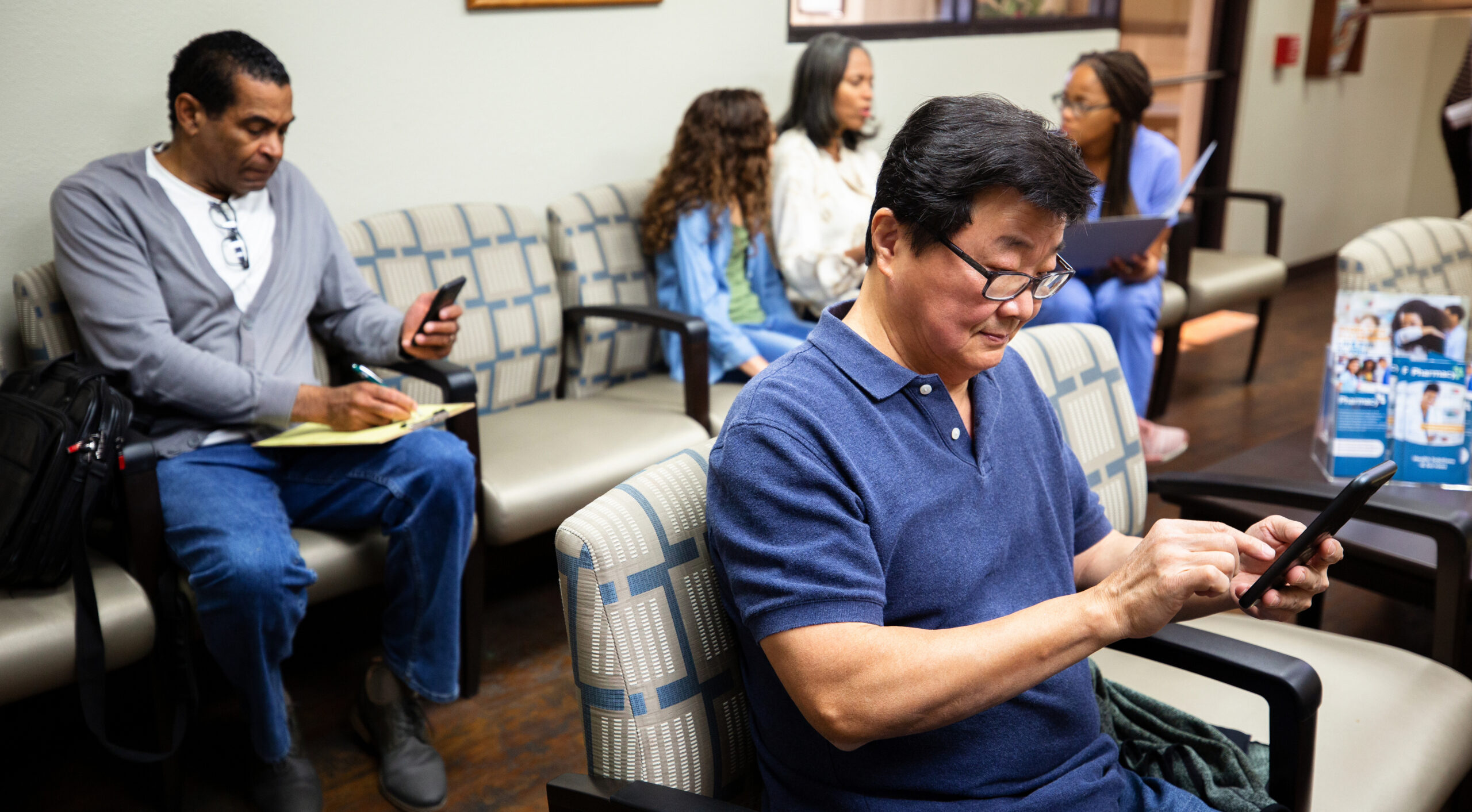“Medicine cannot heal in a vacuum; it requires a connection.”
This statement is powerful because it shows that while medicine is a science, it is also an art. Even more, this quote is how Rana Awdish, MD begins her story, one that she recently shared through the Beryl Institute’s Headliner Webinar sponsored by CipherHealth. Dr. Awdish found herself, as a highly skilled and proficient physician, in her own ICU near her own death. Through her experience as a patient, she appreciated the bounty of her training; however, at the same time, she realized its shortcomings.
During the webinar, Dr. Awdish tells the story of her training as a physician and her experience as a patient, leading to her near death and the loss of her unborn child. Through her experiences as a patient, she discovered a significant gap in her physician training: empathetic communication. What she hadn’t learned in her medical training was how to effectively communicate and establish a meaningful connection with the patients she treats.
Upon this realization, Dr. Awdish sought ways to bridge this gap. As the Medical Director for Care Experience at Henry Ford Health System – where she also is a Pulmonologist and Intensivist – she has developed programs to help physicians and other providers better communicate.
The Impact of Medical Training
“She’s been trying to die on us” is what she heard when she was in the ICU. In her mind, she couldn’t believe what she was hearing. She reflected that the statement created an adversarial relationship between the care team and the patient. She couldn’t understand the source of the dichotomy as she experienced it several times as a patient.
The statement above is one that can make a patient feel like he or she is “less than” a person. Even during times of physical pain, a statement like this can have a major emotional impact. As a trained physician, Dr. Awdish could see how other interactions, even those that seem routine, can be perceived by patients.
Throughout the book and her presentation, Dr. Awdish elaborated on her thesis that medical training doesn’t train people to listen; instead, the training is focused on getting patients to quickly provide information that will help lead to a diagnosis. As an example, her training taught her that the purpose of using questions was to corral the patients into a specific diagnosis. She explained, “As a medical trainee, she was cautioned against generous open questions that were posed from a position of true curiosity. We were trained to value efficiency over cultivating a relationship through trust and disclosure. We weren’t trained to value the patient’s story.”
After she returned to her job as an Intensivist and was rounding in the ICU, she made observations about the residents and realized: ”In medical school, we did not study people; rather, we obsessively studied disease states…..The patients were placeholders, positions in space where the diseases would land.”
To Care is Human
Recent research from The Beryl Institute resulted in a whitepaper called “To Care is Human”. In the paper, Jason Wolf compares data from recent surveys about the factors that most influence the patient’s experience from the perspective of high performing nursing units. Four consistent items surfaced:
- Effective communication with patients/families
- How patients/families are personally treated
- Teamwork among the care team
- Engagement level of employees
He then compared those factors to what consumers value. The Consumer Perspectives on Patient Experience 2018 Study found the top-rated items of importance to consumers were, in order, “listen to you, communicate clearly in a way you can understand, and treat you with courtesy and respect.”
I recall my own experience when I was undergoing radiation therapy for cancer. I met with the radiation oncologist who was different that the one I usually saw. He said: “Well you have a garden variety of cancer.” I was appalled by what he said. The diagnosis of cancer had already caused me to make life-altering changes in my plans and increased my fears. Nothing about cancer is “garden variety.” When I asked my medical oncologist about this, he shrugged it off and made excuses for his colleague. That was almost five years ago, and I still reflect on his statement that diminished the impact of cancer on my life, my hopes, and my future. He was communicating in a way I could understand but he wasn’t respectful to my needs as a patient and as a person. There was no connection, and I left his office feeling less of a unique human being and more of a diagnosis.
Improving Patient-Clinician Communication
Given the research from the Beryl Institute, it seems that we all want the same thing – better communication that makes us feel heard. Knowing that this is what patients are looking for in their care experiences, below are a few tips on how you can take steps towards improvements.
- Adopt the principles of patient-centered care and incorporate them into policies and practices. Share them with your graduate medical education committee, resident leaders, and hospital staff. Start small and find ways to incorporate them into your everyday practices.
- Leverage real-time patient experience assessment tools, such as staff and patient rounding technology, to identify the strengths and opportunities for improvement in living the principles and practices of patient-centered care.
- Engage your leadership team in reading Dr. Awdish’s book and create discussion groups on her patient story. You can also bring the book to your health care organization’s Patient and Family Advisory Council to see if it rings true to your patients and family members. Ask about their ideas for using her story more fully in your organization.
- Incorporate communication principles into ongoing physician orientation and training strategies. Of course, they need to know policies and procedures, but Dr. Awdish recommends they also know and practice effective communication strategies such as asking open-ended questions, listening, and agenda planning.
- Encourage your patients to be active in their own care. Dr. Awdish’s last chapter provides a blueprint for engaging patients and giving them some control back over their lives.
- Don’t give up on this mission to make healthcare more patient-centered and to improve communication as patients increasingly experience care without walls.
Making the improvements necessary to change organizational culture and “re-train” clinicians requires leaders and staff member to take both large and small steps. As healthcare continues to evolve, it will be the simple things that set organizations apart. It will be the physicians and staff members who care and listen, not the fancy waiting rooms, that have the biggest impact on the patient’s experience.








